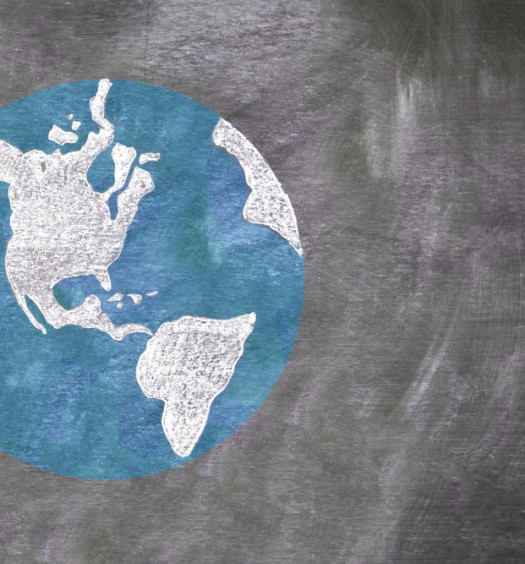Advocate For Our Future: Take Action Against Human Trafficking
I walked through the doors of the safe home for the first time, bracing myself for what I was about to see. But nothing could have prepared me for how young the girls were. Girls ages 7 and 8 years old ran past, smiling shyly. Prior to volunteering at the human trafficking safe house, I knew this particular home was designated for minors, but I had no idea some of them would be this young.
U.S. Department of Homeland Security defines human trafficking as “a modern-day form of slavery involving the illegal trade of people for exploitation or commercial gain”. Human trafficking can take on many forms, including forced labor and sexual exploitation.
The International Labor Organization estimates there are approximately 1.2 million children being sex trafficked across the world, with 100,000 in the United States alone. The average age of a child who is trafficked is 13-14 years old.
Children at the highest risk for being trafficked include those who are homeless, within the foster care system, or who have run away from home. Because of the lack of support from their families, these children are especially vulnerable. Furthermore, social services and support systems specific to trafficked children are limited.
The Victims of Trafficking and Violence Protection Act, first enacted in 2000, was implemented to provide services specifically for adults and children who have been trafficked, both domestically and internationally. In order to qualify for the services under this act, one must be identified as a victim of trafficking. However, not all underage trafficking victims are properly identified, and are often placed in the foster care system or juvenile detention facilities, where they may not receive proper mental health care and be charged as criminals.
Human trafficking is an extremely fast-growing industry, and the child welfare system is not properly equipped to keep up. Children who have been trafficked can benefit greatly from mental health providers who are extensively educated on the traumatic impact of trafficking. In addition, training in identifying trafficking victims should be provided to all social service workers, so that they can provide the highest quality of services possible.
These are our children, and our children are our future. Whether a U.S. citizen or not, children deserve equal opportunity to create their own paths, not having it created by someone else.
If you suspect trafficking, call the National Human Trafficking Resource Center Hotline at 1-888-373-7888.
FROM THE EDITOR
At Conscious, we feature powerful stories about global initiatives, innovation, community development, social impact and more. You can read more stories like this and connect with a growing community of global leaders when you join.
Video by Anthony Harrison



